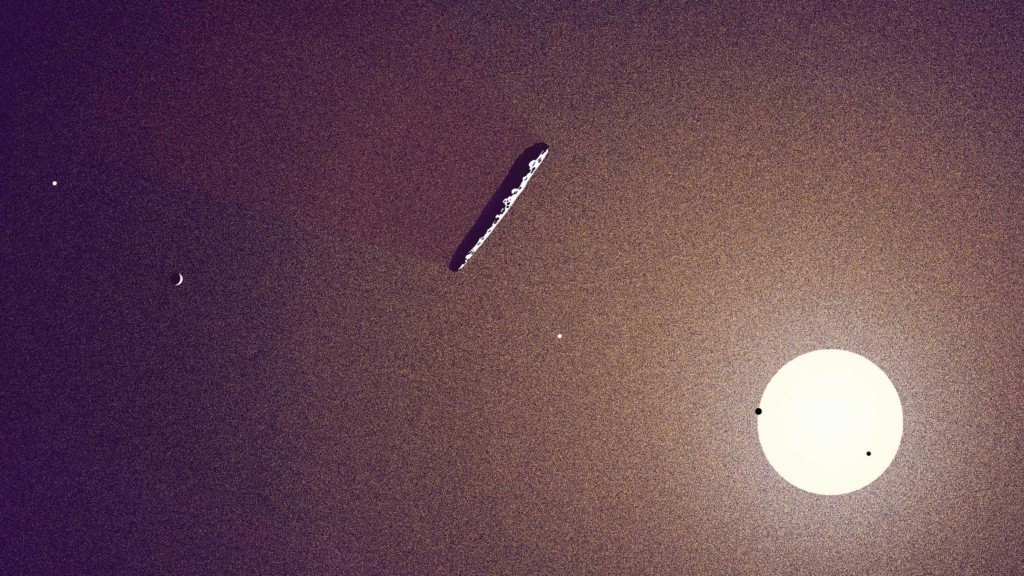Asteroid, comet, alien ship or something else altogether? Astronomers are still unsure about the true nature of ‘Oumuamua – the first confirmed interstellar object to be detected in our solar system – as Andrew Glester finds
There is an interstellar interloper in our solar system that has astronomers firing shots at each other. Careering through our solar system fast enough to escape the gravitational pull of our Sun, it has excited, inspired and confounded astronomers. Is it an asteroid? Is it a comet? Is it a broken-off solar sail from an alien spacecraft? Or could it even be an alien probe? These are all proposals made in bona fide peer-reviewed scientific papers, based on observations of this mysterious object. As it speeds back out into interstellar space, the debate in the astronomy community continues apace on Earth.
Ever since the first news stories about ‘Oumuamua broke in mid-October 2017, comparisons with science fiction have filled headlines, especially the mention of aliens. Here is an interstellar object that scientists can’t define – in fact, they aren’t even sure what it’s doing in our celestial neighbourhood.
Planet Earth is teeming with life. Even in the harshest environments, life finds a way. Our galaxy is packed with stars, many of which host their own planetary systems, with many of those home to rocky planets orbiting at a distance conducive to temperate atmospheres. It seems unlikely that we are alone in the galaxy but, as it stands, there has been no convincing evidence of alien life.
If it is out there, we will probably find evidence of it one day, but is ‘Oumuamua it? Extraordinary claims require extraordinary evidence and Occam’s razor dictates that we must favour the solution that requires the least speculation. The route to that solution can only be found in the evidence.
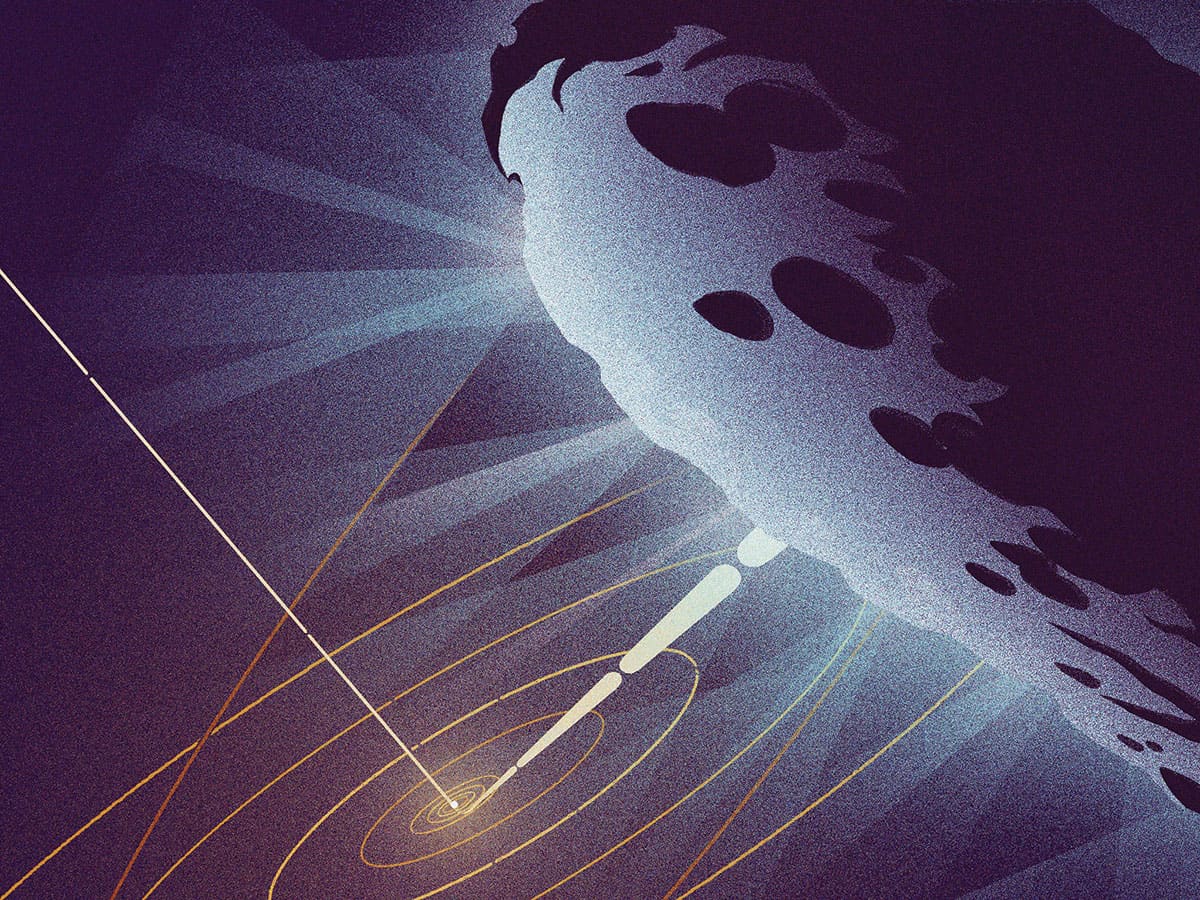
Fleeting visitor
The name scientists gave ‘Oumuamua translates from Hawaiian as “a messenger from the distant past, reaching out to us”. On 19 October 2017 – 40 days after it had gone past its closest approach to our Sun – ‘Oumuamua was spotted by the Pan-STARRS1 telescope in Hawaii, some 33 million kilometres from Earth. Pan-STARRS1 sits near the summit of Haleakalā on the island of Maui and, each night, it scans the sky looking for near-Earth objects (NEOs). The telescope has a digital camera with nearly 1.4 billion pixels pointed at 1000 square degrees of the night sky (there are more than 40,000 square degrees in the whole sky). Roughly every hour, the camera takes four images, which are then compared to check for moving objects among the stars.
One of its primary purposes is to find NEOs that may pose a threat to Earth. Alien conspiracists need not get too excited though. Astronomers are looking for rocks and comets on potential collision courses with Earth, rather than alien spacecraft. That said, scientists scan those images looking for something we’ve never seen before and that’s what Rob Weryk, from the University of Hawaii Institute for Astronomy (IfA), noticed in October 2017. His team checked the data for a couple of days to get a good idea of the object’s orbit before picking up the phone to astrobiologist Karen Meech, who is also based at the IfA.
Meech had been hoping for the discovery of an interstellar visitor for most, if not all, of her career. Describing the moment she got the call, Meech says “My first thought was – does it really have to be today? It was Sunday. I had just got back from the big Division for Planetary Sciences meeting the day before, and it had been months since I had had a day off. But it was very exciting, so we immediately leapt into writing telescope proposals. There was this tremendous pressure because we had only a short amount of time to observe it and gather the data.”
The observations showed that ‘Oumuamua has a highly irregular shape, unlike anything from our solar system. It appeared to be a cigar-shaped object, roughly 10 times longer than it is wide, rotating on its axis every 7.3 hours. These observations came, principally, from the Canada–France–Hawaii Telescope. As ‘Oumuamua spins and tumbles, its brightness fluctuates dramatically and, although its speed and trajectory suggest that it has been inside our solar system since around 1837, it spent much of that time too far from the Sun to reflect enough light for us to see it. Once it got close enough to the Sun it was moving too fast to remain in the field of view of telescopes long enough to be observed or photographed.
Observations from the United Kingdom Infrared Telescope, the Keck Telescope on Mauna Kea, the Gemini South telescope, the European Southern Observatory and the Very Large Telescope in Chile led astronomers to deduce that the object is dark red in colour and rich in metal and/or rock. This is bad news for those favouring the alien hypothesis, as familiar Kuiper belt objects are also deep red, and rich in metal and rock.
Observations show that ‘Oumuamua has the highest orbital eccentricity ever observed, at 1.20. An eccentricity over 1.0 means an object is moving faster than our Sun’s escape velocity, and so is not bound to the solar system. Trajectory calculations also confirmed that it had come from interstellar space, with its origin likely to be somewhere in the constellation Lyra – home to the fictional aliens in Carl Sagan’s novel Contact, the possible alien in Gene Brewer’s novel K-PAX and the Galactic Empire in Isaac Asimov’s Foundation novel trilogy.
Give science-fiction fans a crumb and our imaginations will run wild. Comparisons of ‘Oumuamua with science fiction are most striking with regard to Arthur C Clarke’s 1973 sci-fi novel Rendezvous with Rama. Indeed, Meech reveals that the scientists had briefly called the object “Rama” before deciding that its discovery in Hawaii should be recognized by naming it in Hawaiian. Clarke’s fictional spacecraft is also cylindrical and about a kilometre long, and in the story, astronomers first believe it to be an asteroid. Only after further observations and, ultimately landing a spacecraft on it, do they discover that it is alien in origin. Having re-read Clarke’s classic sci-fi novel, Meech found many similarities with the discovery of ‘Oumuamua. “But what was funny, in the book, was that the poor fellow who discovered it was having trouble getting telescope time to follow it up. That certainly didn’t happen here,” she says.
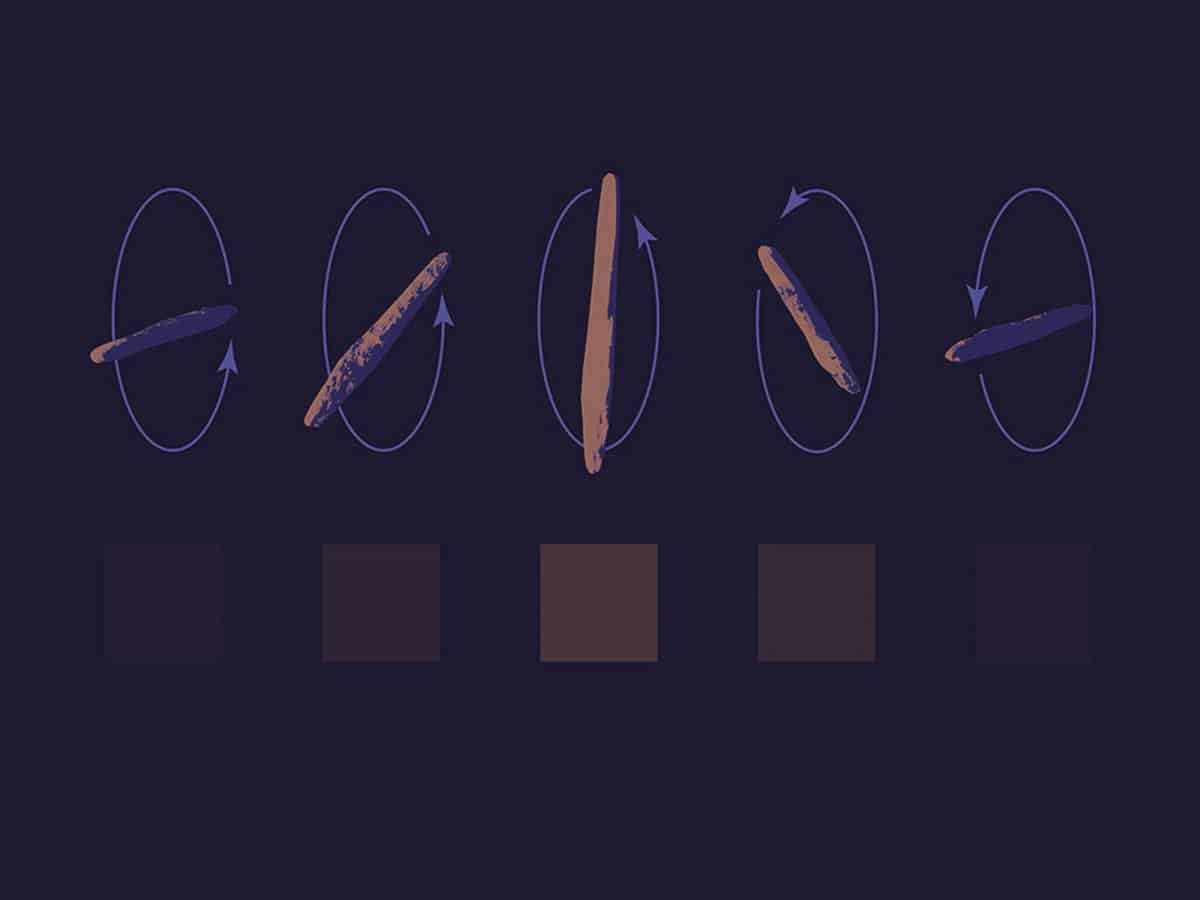
Curiouser and curiouser
Meech and the team had no problems in persuading those in charge of telescopes to turn their gaze towards the first interstellar visitor detected in human history. The consensus initially favoured the asteroid hypothesis, until research done by Marco Micheli of the European Space Agency and colleagues, published in June 2018 (Nature 559 223), showed that it was not moving as expected. Anything moving away from the Sun has its acceleration slowed by gravity – this even allows for the slingshot effect. The Micheli et al. paper showed that ‘Oumuamua was, in fact, accelerating at a rate that was not consistent with the effects of gravity. Something else was propelling it. Meech, who was also one of the authors on the paper, says that they rejected two possible solutions to the acceleration almost immediately because they were implausible as they would require ‘Oumuamua to be unfeasibly thin or less dense than aerogel. In other words, those solutions would have required ‘Oumuamua to have been manufactured by an intelligent being.
The team ultimately settled on the most likely solution being that ‘Oumuamua is a comet with the acceleration caused by “outgassing”. The idea is that the Sun’s heat causes gases and dust to escape from the comet, which is thereby propelled forward. But astronomers have seen no evidence of any such outgassing from ‘Oumuamua – seemingly counting against the comet hypothesis. However, absence of evidence is not always evidence of absence. If the dust particles are too large, for example, they would not be picked up on the visual wavelengths the astronomers were using. Something that should have shown up at the wavelengths they were using is cyanide (CN) gas. Water is abundant on comets, but it is hard to detect directly, so scientists infer it from other data. When water escapes from a comet, it drags CN gas with it. But even though CN gas is very bright, no such gas was detected. In fact, no gas of any kind was detected.
A month after it was first observed, Northern Arizona University astronomer David Trilling used NASA’s Spitzer Space Telescope to study ‘Oumuamua, in the hope of measuring its thermal radiation via infrared. Despite 33 hours of observation time, it proved too faint for Spitzer to see, but this null result was significant in itself, as it allowed Trilling and colleagues to set an upper limit for the amount of thermal radiation emitted by the object. This, in turn, helped them determine that ‘Oumuamua must be no more than about 140 m long – any bigger and its thermal radiation would have been visible. The thermal radiation of any such object can also be used to determine the reflectivity of its surface, or albedo (the lower the temperature, the higher the albedo). The lack of any infrared readings therefore meant that ‘Oumuamua must have a very high albedo – indeed, it could be up to 10 times more reflective than comets from our solar system.
This is surprising because ‘Oumuamua has been travelling through interstellar space for millions of years, which should have darkened its surface, to give its reddish hue (much more in line with the surface of an asteroid). But a dark surface with low reflectivity would retain more heat, which wasn’t what Trilling’s team detected. One possible solution is that ‘Oumuamua’s surface has been recently refreshed as it made its closest approach to our Sun, in the month before we first spotted it. The problem is, ‘Oumuamua shows no signs of such outgassing, and indeed, Spitzer’s observations also did not pick up any signs of carbon dioxide or carbon monoxide – both gases would be clearly seen in infrared if water was evaporating off its surface. So if not quite a comet or an asteroid, what exactly could ‘Oumuamua be?
Strange scout?
A number of radio telescopes around the globe – including the Search for Extraterrestrial Intelligence Institute’s radio telescope, the Allen Telescope Array, the Breakthrough Listen hardware and the Green Bank Telescope – also turned their attention to ‘Oumuamua, but they were looking for any signs of extraterrestrial intervention. No unusual radio emissions or narrowband signals were detected from the object. Where Micheli, Meech and their teams had rejected the alien hypothesis as implausible, astronomer Avi Loeb, chair of Harvard University’s department of astronomy, is willing to give it some time.
In November 2018 Loeb and colleague Shmuel Bialy published a paper in an attempt to understand the unexplained trajectory of the object. The pair suggested that ‘Oumuamua could be a “light-sail” created by an alien civilization and that it is now being accelerated by sunlight. They write that it is “unclear whether ‘Oumuamua might be a defunct technological debris of equipment that is not operational anymore or whether it is functional”. Unsurprisingly, the mention of possible alien artefacts, made by bona fide scientists, quickly caught the attention of the global media, and the research hit headlines around the world.
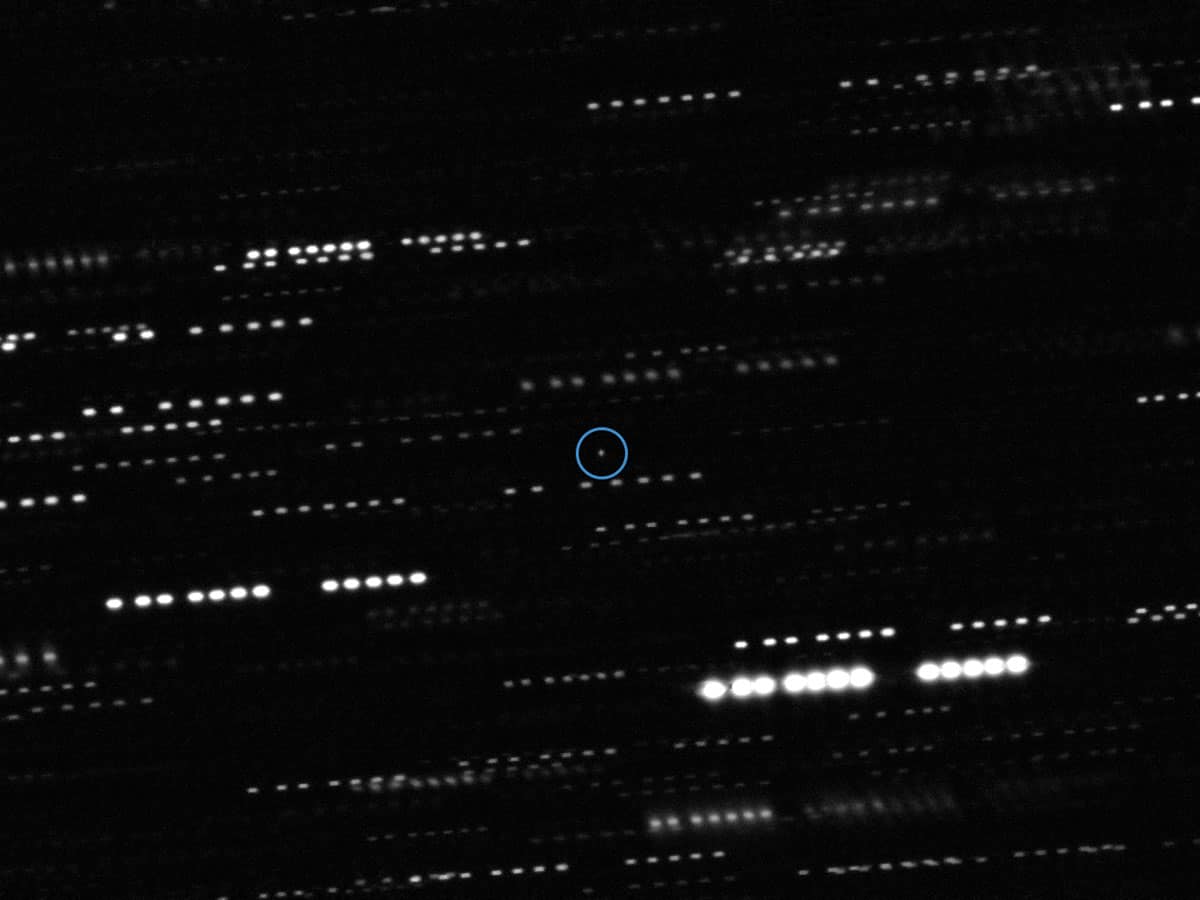
Loeb says he was surprised by the reaction. “We did not have a press release. The paper was submitted for publication and posted on arXiv at the same time. It was reviewed and accepted for publication within a record time of only a few days,” he says. Loeb admits he was glad to see the excitement about the paper, but claims it was not written for that purpose. “We just followed the standard practice of scientific research. I prefer not to assign probabilities to the nature of ‘Oumuamua. We just need to be practical and collect more data on it or other members of its population. The interpretation of existing and future data is my plan for the future.”
The reaction from the scientific community, on the other hand, was much more critical. “I was furious for several reasons,” says Meech. “The science part of it – up until his wild and crazy speculations at the end – while thorough, was not new.” Meech tells Physics World that the Nature paper she and her team published had already talked about solar-radiation pressure, but they did not have the opportunity to lay out the detailed mathematical calculations that Loeb’s paper did, due to the length constraints of such Nature papers. While Meech doesn’t dispute the option of solar-radiation pressure propelling ‘Oumuamua, she explains that for it to be true, astronomers would have to make unreasonable assumptions. “Either ‘Oumuamua is 10,000 times less dense than a comet, or it is a very thin piece of material, both of which are not plausible”, she says, adding that Loeb “went through all the maths, and went for the most exotic, unreasonable solution with no proof whatsoever”.
In their paper (Ap. J. 868 L1), Loeb and Bialy point out that light-sails with similar dimensions have been designed and constructed by our own civilization. They refer to projects such as the Japan Aerospace Exploration Agency’s 2010 IKAROS craft, which was the first to successfully demonstrate solar-sail technology in space; and the ongoing Breakthrough Starshot Initiative. Indeed, the duo’s research was supported in part by a grant from Starshot, which aims to develop a fleet of light-sail spacecraft capable of performing a fly-by mission that would take only 20 years to reach our nearest star system, Alpha Centauri.
Mass appeal
Loeb, who is chair of Starshot’s advisory committee, defended the potential conflict of interest in the paper’s funding. “We can only see things that we have experience of. I know this sort of technology, so I can see it as a possibility,” he says. “I received positive reactions from distinguished astronomers, such as Martin Rees.” That is not quite how Rees, the UK’s Astronomer Royal, sees things. “The person who claimed that is somebody who always goes for the most publicity-worthy interpretation,” he says. Whether Loeb is courting publicity or not is unclear, but the paper got significant coverage, with Loeb even being featured on national morning TV shows.
While frontpage headlines featuring the words “alien” or “extraterrestrial” are sure to sell newspapers, does this kind of extremely speculative research run the risk of undermining science in the mind of the public? A room full of astronomers understands that, in the balance of probability, ‘Oumuamua is far more likely to be a strange comet, and that Loeb’s evidence-based speculations are just that. The public, however, may not have this nuanced view. So should every research paper be carefully worded with public opinion in mind, or is it acceptable for scientists to speculate within the bounds of science, if the data allows for it? It might be easier to define what ‘Oumuamua is than to agree upon an answer to these questions. Meech’s TED Talk “The story of ‘Oumuamua, the first visitor from another star system” has so far been viewed more than three million times, and she concedes that she has Loeb to thank for much of that.
To solve the debate over ‘Oumuamua’s true nature, we need more evidence. But how often should we expect to see interstellar objects such as ‘Oumuamua? In 2017 Toni Engelhardt and Robert Jedicke of the IfA, with colleagues, looked at the data from three solar system surveys that cumulatively covered a period of 19 years’ worth of observations, and found no interstellar objects (Ap. J. 153 133). They concluded that, at any moment, there could be an interstellar asteroid near the Sun where ‘Oumuamua was found – but until recently, we did not have telescopes capable of detecting them and, in that area, the glare of the Sun makes them very hard to see even today.
Playing catch-up?
The last observations of ‘Oumuamua were taken by the Hubble Space Telescope in January 2018 and astronomers will get no more data unless a space mission can catch up with the object before it leaves our solar system. Aerospace engineer Andreas Hein is currently exploring the possibility of sending a space mission to reach ‘Oumuamua (arXiv:1711.03155). Dubbed Project Lyra, the proposal for this mission to intercept ‘Oumuamua has been put forth by the Institute for Interstellar Studies – a UK-based not-for profit company led by Hein, whose long-term aim is to enable both robotic and human exploration and colonization of nearby stars.
“Our conclusion is that we could reach ‘Oumuamua using current technologies and an Oberth manoeuvre, slowing down at Jupiter before using the gravity well of the Sun for a fly-by,” says Hein. The proximity of such a solar fly-by makes it more of a fry-by due to the extreme temperatures, but Hein says that it is possible and “the optimal launch date would be 2020–2021”.
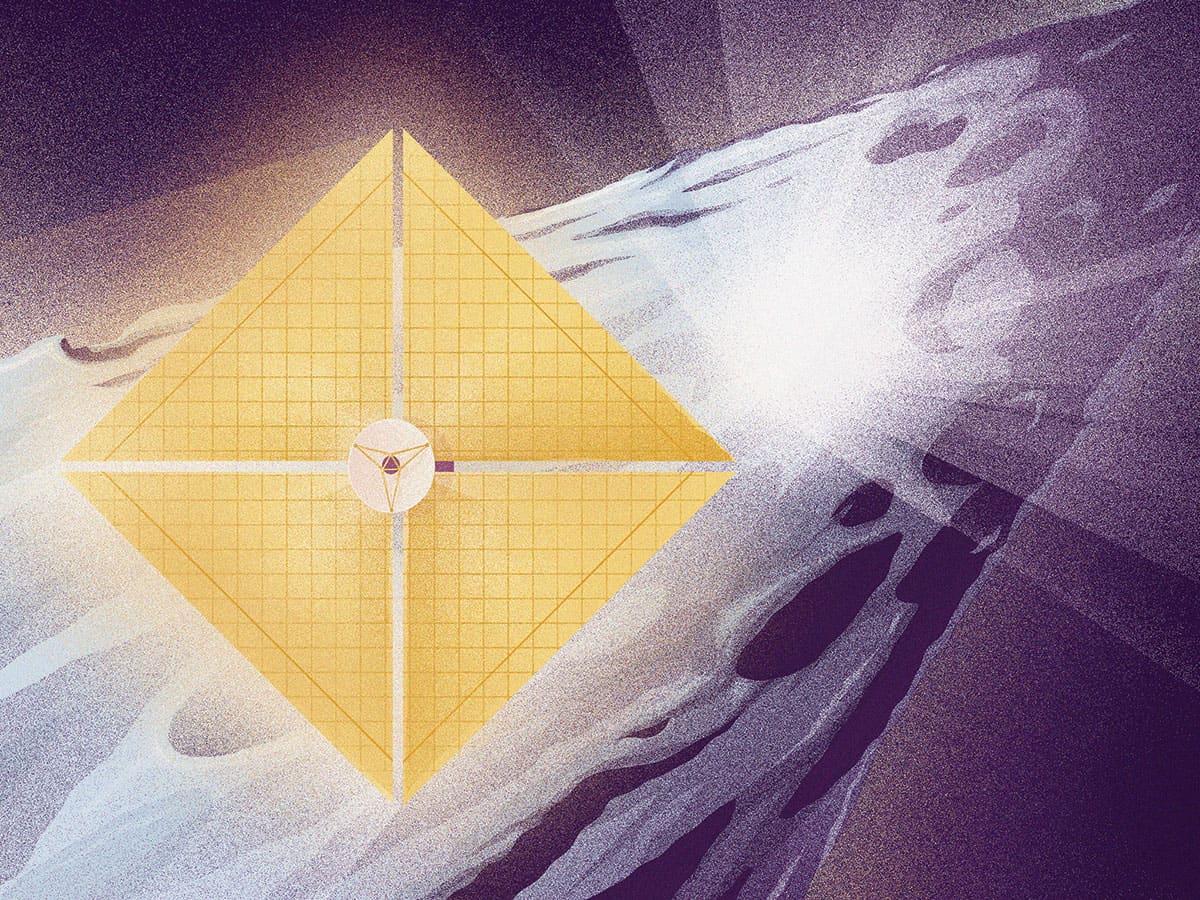
Their research is still to be published in a peer-reviewed journal, and Meech is far from optimistic. “We had a Keck meeting a while ago, looking at the design of missions to get to these once-in-a-lifetime objects,” she says. “It is perfectly possible but for ‘Oumuamua the time has come and gone.” Indeed, if a spacecraft were to catch up with the object, it would be at a distance of 100 AUs from the Sun, where it would be very difficult to see the object.
Project Lyra proposes positioning a telescope on the spacecraft to solve this issue. Assuming that the spacecraft can get near enough to ‘Oumuamua, the plan is to fire an impactor at the object to send up a cloud of dust and debris for the main spacecraft to fly through and collect data. Hein jokes that a telescope would also be useful here as you would not want to fire anything without first being sure that it is not an alien spacecraft.
The brightest star in Lyra is Vega and, surrounding it, there is the debris disc of a nascent solar system. Could ‘Oumuamua be something ejected from this early planetary formation? Astronomers used the Hubble Space Telescope to accurately track back ‘Oumuamua’s trajectory. Although Vega currently lies along the path, once you take into account the motion of the stars (as measured by the Gaia telescope) and go back in time, Vega was not in that part of the sky.
Coryn Bailer-Jones and a team from the Max Planck Institute for Astronomy in Heidelberg, Germany, have attempted to narrow down the possible origin stars of ‘Oumuamua, and come up with four candidates. ‘Oumuamua is travelling at such a velocity that to generate the required energy would need the kind of highly turbulent system generated by binary stars, but none of the four stars is in a binary system. It is possible that it has gathered speed by encountering other solar systems on its way to us, though that would also have changed its course significantly. ‘Oumuamua’s home star is, unfortunately, something else we just don’t know yet. The next data release from the Gaia telescope may provide the answer.
The furthest man-made objects from Earth as of today are the Voyager probes, sent out in the 1970s and only just leaving our solar system. ‘Oumuamua will eventually overtake those probes in about 2038. We can only hope that we’ve found more examples of whatever ‘Oumuamua is by then. Meech and Loeb will keep their eyes on the data with equally voracious interest. Surely astronomers everywhere will be thrilled if we ever get a more complete idea of what ‘Oumuamua is – unless it actually turns out to have been an alien scout, ahead of an invasion. Don’t worry though, it’s probably not.
